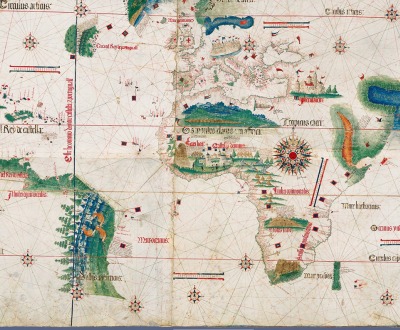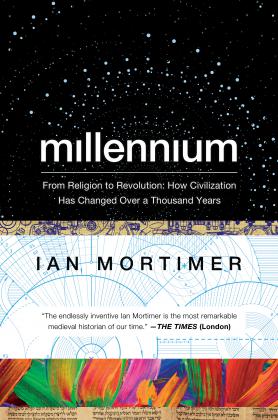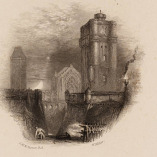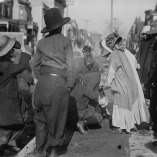
Detail of the Cantino planisphere, made by an anonymous cartographer in 1502, which shows the world as it was understood by Europeans after their great explorations at the end of the fifteenth century. Biblioteca Universitaria Estense, Modena, Italy.
How do you measure change? It is often said that the twentieth century saw more change than any other period. But today’s interest in modern technology obscures the massive changes the world has undergone over the past millennium. Lewis Lapham talks with Ian Mortimer, author of Millennium: From Religion to Revolution: How Civilization Has Changed Over a Thousand Years, about the history of change and why it matters.
Read an excerpt from Ian Mortimer’s Millennium here.
Thanks to our generous donors. Lead support for this podcast has been provided by Lisette Prince through the EJMP Fund for Philanthropy. Additional support was provided by James J. “Jimmy” Coleman Jr.






